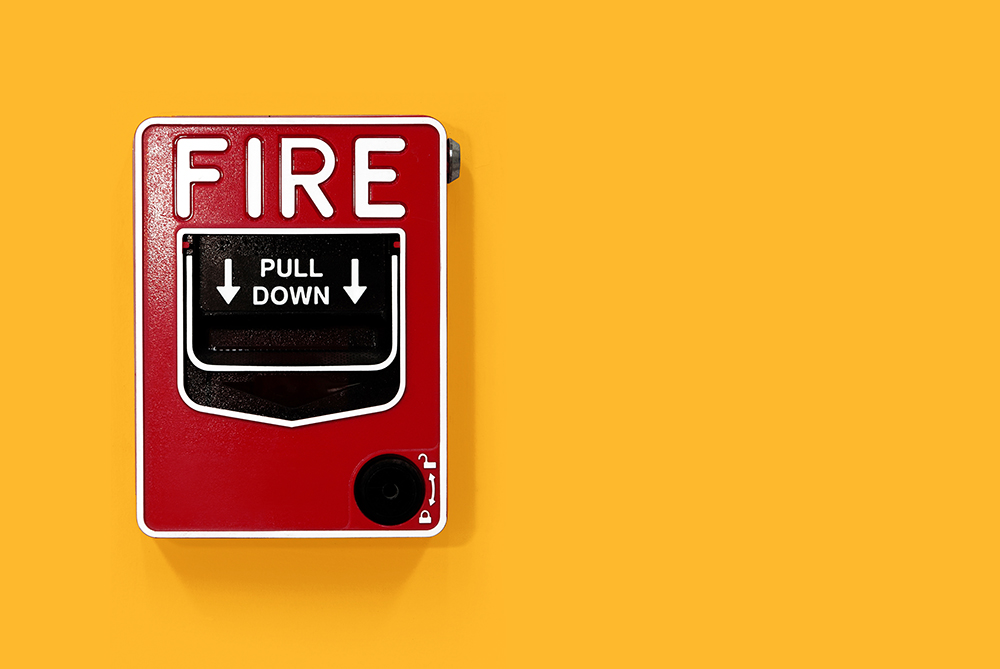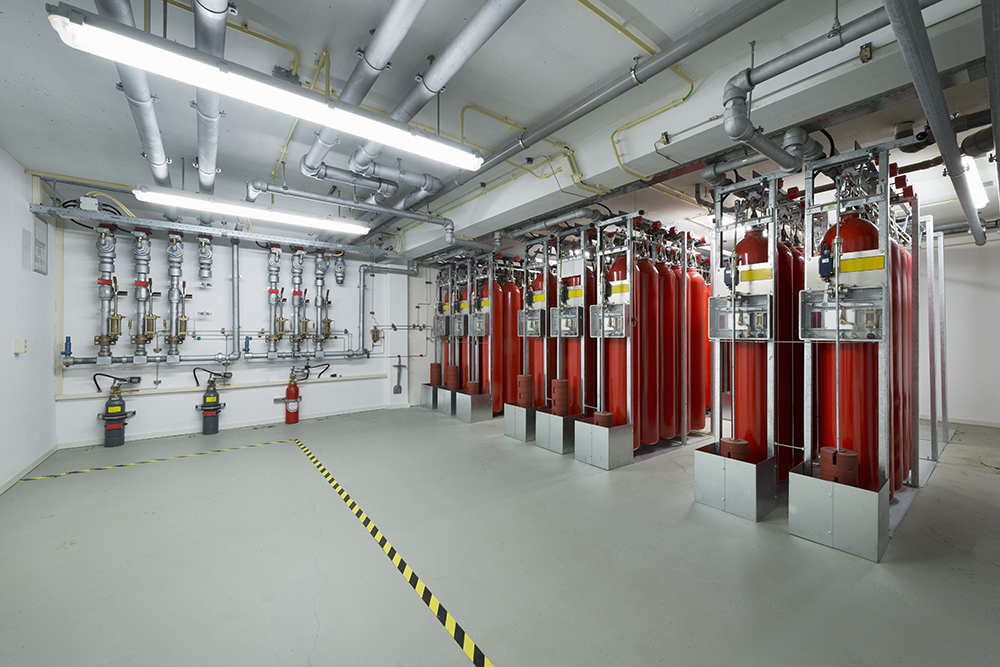Table of Contents
ToggleThe importance of commercial fire alarm systems in safeguarding lives and properties cannot be overstated. These systems are crucial to ensuring the safety of building occupants in the event of a fire emergency. In this comprehensive guide, we will take a deep dive into the workings of commercial fire alarm systems, their components, and the factors to consider when choosing the right system for your building.
Understanding Commercial Fire Alarm Systems
Commercial fire alarm systems are designed to detect fires, alert building occupants, and notify emergency personnel through a centrally monitored and controlled location. The primary functions of these systems include detection, alerting, monitoring, and control.
Detection
Fire alarm systems use various initiating devices, such as smoke detectors, heat detectors, and manual pull stations, to detect the presence of a fire. These devices are connected to the fire alarm control unit, which sends signals when a fire is detected.
Alerting
When the fire alarm system detects a fire, it activates audible and visual indicating appliances, such as horns, bells, and strobe lights, to alert building occupants of the danger and encourage them to evacuate the premises.
Monitoring
Fire alarm systems also self-monitor their components, such as initiating devices, indicating appliances, and control panels. This ensures that the system is functioning correctly and can detect any errors or faults in the wiring and connections.
Control
The fire alarm control unit serves as the brain of the system, monitoring all inputs and controlling all outputs. It is responsible for sending signals to the indicating appliances, as well as communicating with a monitoring agency to alert emergency personnel when a fire is detected.
Types of Commercial Fire Alarm Systems
There are two main types of commercial fire alarm systems: conventional and addressable.
Conventional Fire Alarm Systems
Conventional fire alarm systems have been around for years and are commonly found in older buildings. These systems work by responding to changes in electrical currents, such as when a smoke detector detects smoke and alters the current. Conventional fire alarm systems are installed in different zones, like the first floor, second floor, etc., and are often referred to as zoned panels.
Addressable Fire Alarm Systems
Addressable fire alarm systems are more modern and utilize advanced technology. These systems feature a microprocessor that sends data from devices in the building to the control panel, rather than merely sensing changes in electrical currents. Each device in the building’s fire detection system has its own address, allowing the addressable fire alarm panel to identify the specific device sending a signal. This makes it easier to locate the source of the fire.
Key Components of Commercial Fire Alarm Systems
Commercial fire alarm systems consist of several essential components that work together to detect fires, alert occupants, and notify emergency personnel. These components include:
- Initiating Devices: Devices like smoke detectors, heat detectors, sprinkler water flow sensors, and manual pull stations serve to detect the presence of fire and send signals to the fire alarm control unit.
- Indicating Appliances: These appliances, such as horns, chimes, bells, and strobe lights, alert building occupants of the fire hazard by producing loud sounds and visual warnings.
- Fire Alarm Control Panel (FACP): The FACP is the central monitoring and controlling component of the fire alarm system. It monitors and supervises all initiating devices, indicating appliances, telephone ties, field wiring, internal wiring, and circuit cards.
- Power Supplies: The fire alarm system requires a reliable power supply to function during emergencies. Main power is typically supplied by the electric utility, while backup power may come from batteries or generators.
- Auxiliary Devices: Additional devices can be added to a fire alarm system to enhance its fire protection capabilities. Examples include visual LED indicators, remote annunciators, alarm silence switches, electromagnetic door holders, fire doors, and elevator capture and shutdown.
Factors to Consider When Choosing a Commercial Fire Alarm System
When selecting a commercial fire alarm system for your building, several factors should be considered, including:
- Building Requirements: Consult the National Fire Protection Association (NFPA) or the International Building Code (IBC) to determine whether your building requires a fire alarm system and which type is most suitable.
- System Features: Consider the features you need in a fire alarm system, such as the ability to lock or unlock doors, turn off electricity, disable elevators, or integrate with your security system.
- Compatibility: Ensure the fire alarm system you choose is compatible with the existing safety devices in your building, such as alarms, smoke detectors, and sprinkler systems.
- Scalability: Select a fire alarm system that can support the number of devices and zones in your building and can be easily expanded if needed.
- Maintenance and Support: Consider the availability of professional support and maintenance services for the fire alarm system you choose. Regular maintenance and inspection are essential to ensure the system remains in optimal working condition.
In Conclusion
Commercial fire alarm systems are vital for ensuring the safety of building occupants and minimizing property damage in the event of a fire. Understanding the different types of fire alarm systems, their components, and the factors to consider when selecting the right system for your building will help you make an informed decision. Investing in a reliable, high-quality fire alarm system is a crucial aspect of maintaining a safe and secure environment for everyone in your building.


